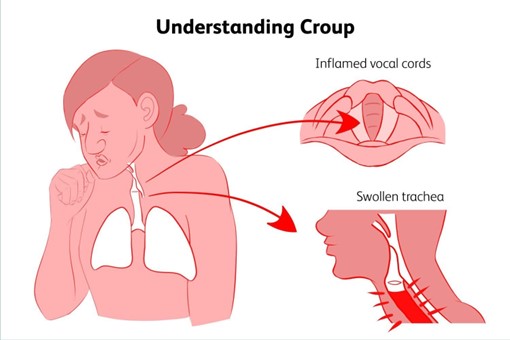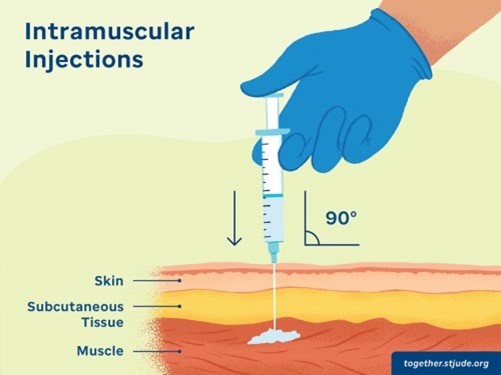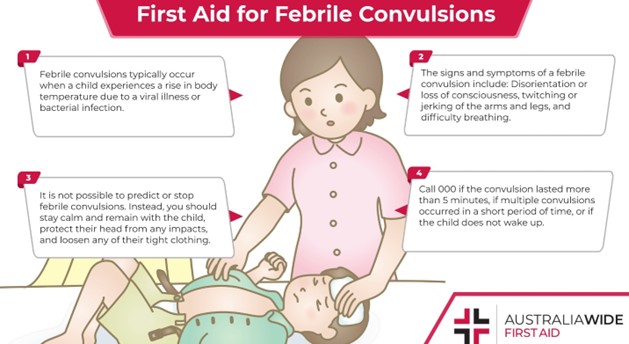When advising a new mother on caring for a child with croup, which symptom should be a priority concern for the telephone triage nurse?
Fever of 101.0°F (38.3°C)
Cries often when nursing
Difficulty swallowing secretions.
Barking cough, worse at night
The Correct Answer is C
When advising a new mother on caring for a child with croup, the telephone triage nurse should prioritize concern for difficulty swallowing secretions. This symptom can indicate that the child's airway is becoming obstructed and requires immediate medical attention. A fever of 101.0°F (38.3°C) is a common symptom of croup and can be managed at home with antipyretics. Crying often when nursing is not a specific symptom of croup and may have other causes. A barking cough, worse at night, is a characteristic symptom of croup and can be managed at home with humidified air and hydration.

Nursing Test Bank
Naxlex Comprehensive Predictor Exams
Related Questions
Correct Answer is C
Explanation
Administer the injection into the middle of the lateral aspect of the thigh is the correct choice. This is the recommended site for intramuscular injection in toddlers who have been walking for at least one month, as it is a large muscle with minimal nerves and blood vessels. Choices A, B, and D are not appropriate techniques for administering an intramuscular injection to a toddler with pneumonia.

Correct Answer is C
Explanation
The nurse should reassure the parents that febrile seizures typically decrease in frequency as the child grows older. Most children outgrow febrile seizures by the age of 5 years.
Ibuprofen is not typically used prophylactically to prevent febrile seizures.
Providing the child with a sponge bath for temperatures over 100.6°F (38.1° C) can help to lower the fever, but it will not necessarily prevent febrile seizures.
Avoiding excessive visual stimuli is not necessary for children with febrile seizures, as this type of seizure is triggered by a fever rather than visual stimuli.

Whether you are a student looking to ace your exams or a practicing nurse seeking to enhance your expertise , our nursing education contents will empower you with the confidence and competence to make a difference in the lives of patients and become a respected leader in the healthcare field.
Visit Naxlex, invest in your future and unlock endless possibilities with our unparalleled nursing education contents today
Report Wrong Answer on the Current Question
Do you disagree with the answer? If yes, what is your expected answer? Explain.
Kindly be descriptive with the issue you are facing.
